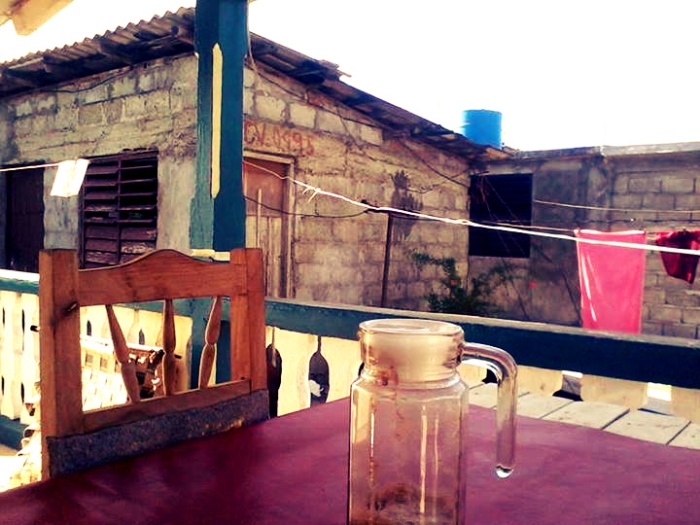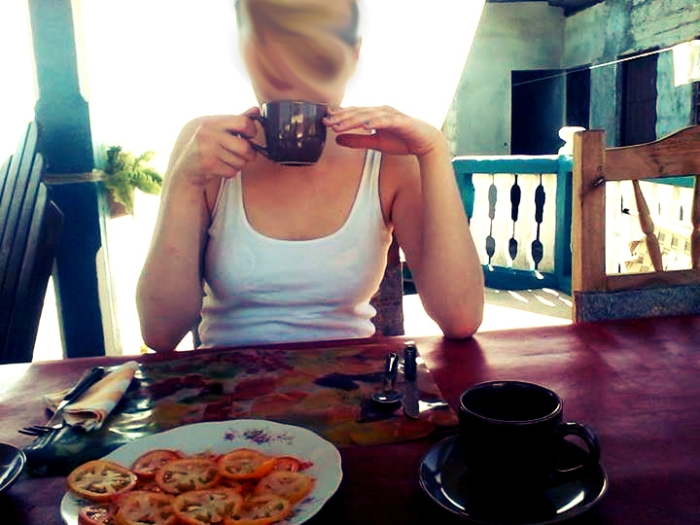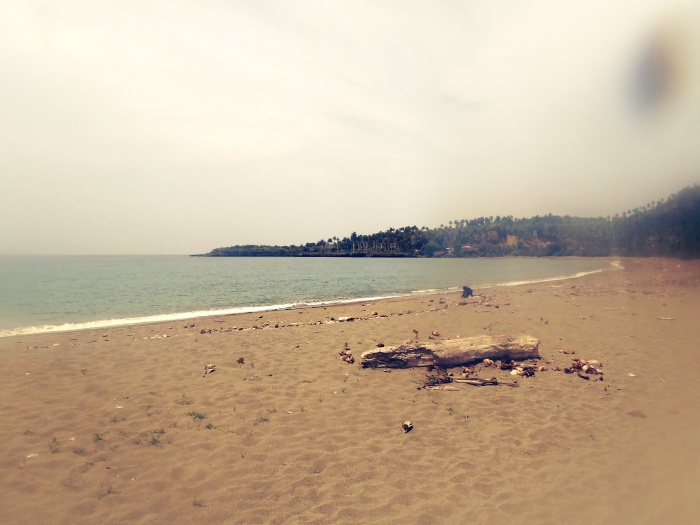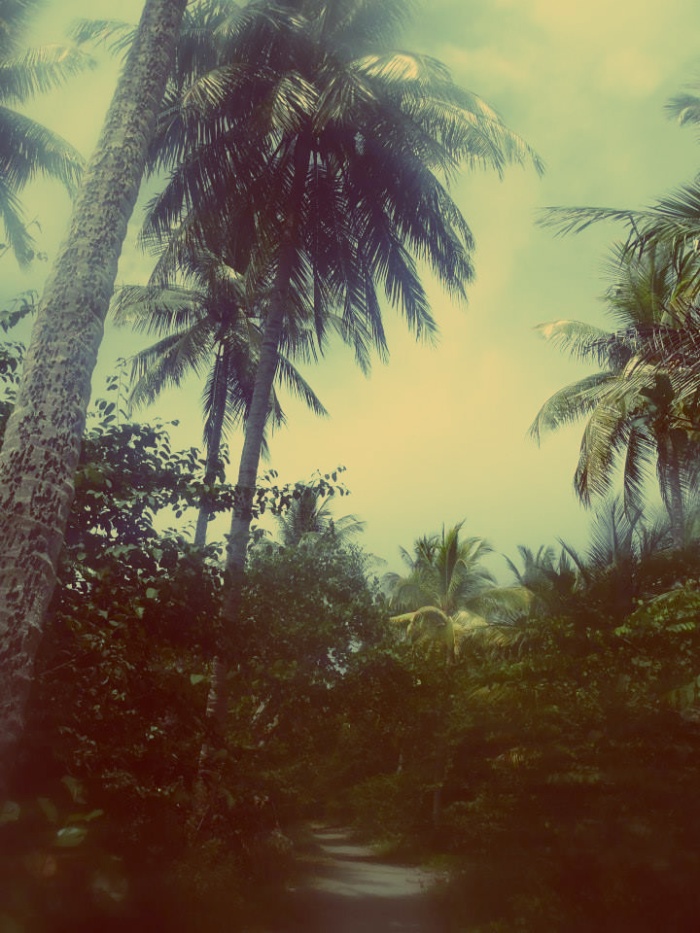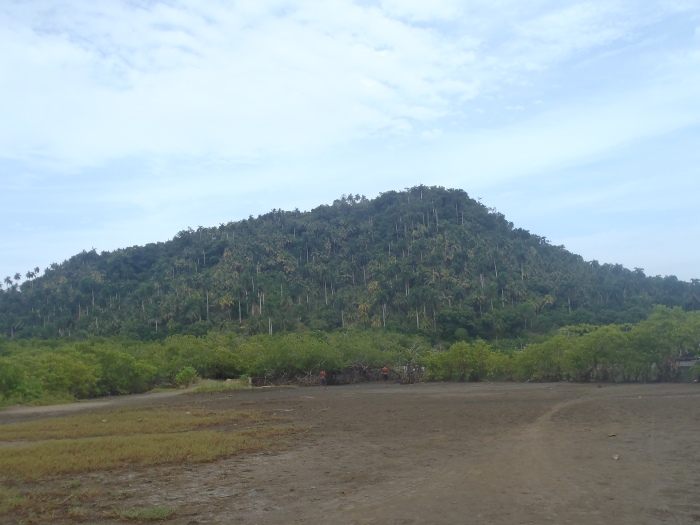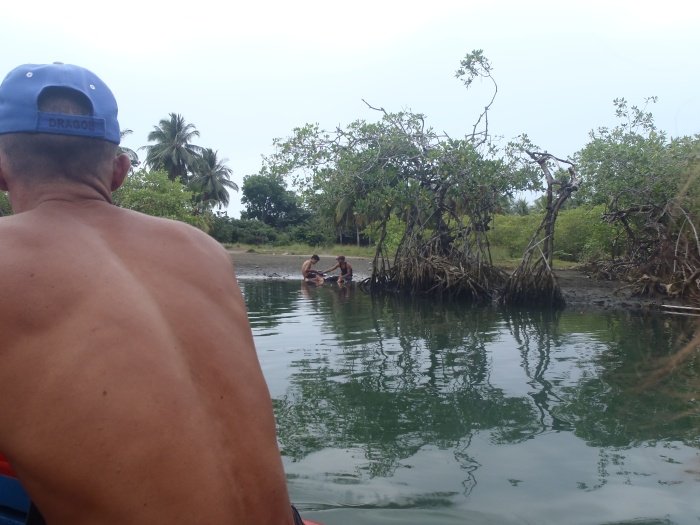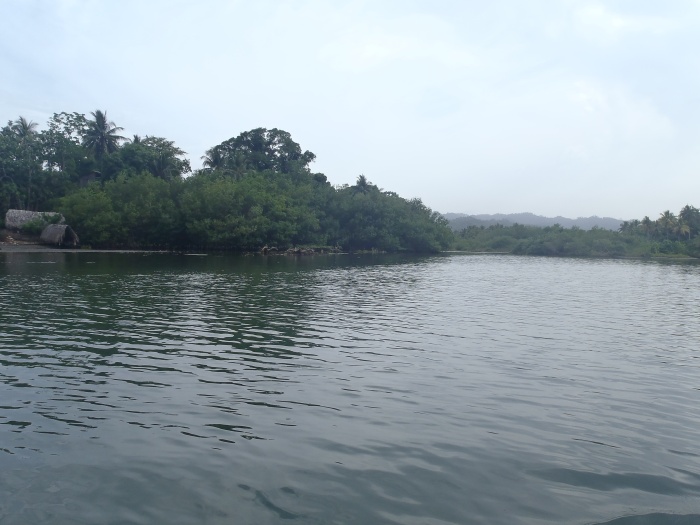Welcome back to our blog!
We woke up to the glorious Caribbean heat searing through the shutters. Splashing some water on our faces we went straight to the roof terrace to bask, lazily eating breakfast and drinking the warm, thick, Baracoan hot chocolate which is the best in the world.
Rosie persuaded Elle we should book another salsa lesson for the evening. We planned to take in Playa Blanca in the afternoon, and catch the bus to Trinidad the next day. Our guidebook said you can walk to Playa Blanca from Baracoa beach, but it isn’t as simple as the book makes it sound. For starters, roads in Baracoa aren’t exactly diligently labelled. And once you get the right turn onto the beach there’s no clear path for a long while, leaving you feeling a bit like Jesus in the desert.
We’d never moved so lazily. It was such a hot day that every few metres were a battle against an dense wall of humidity; before we even made it onto the beach we were drenched, making a desperate stop at the air-conditioned petrol station to get a lemonade. We tell you, never has a lemonade felt so refreshing. We really recommend getting a Cachito, Cuba’s own brand. It may have been our frantic thirst, but we really think that too was the best damn lemonade in the world.
We stumbled deliriously across Baracoa beach for what felt like miles.
Finally, we found the path, and fell in beside a man pushing along a bicycle.
Our nurtured sense of suspicion immediately kicked in as he started talking to Rosie, but it turned out he wasn’t expecting payment in return for guiding us. He actually gave us the best tip for travelling around Cuba. Never ask the price of anything. If you speak Spanish, find out what it is beforehand – don’t trust the guidebook – and then just thrust money at the person in question. This way, once we reached the Río Miel – which you have to cross to get to Playa Blanca by boat since the bridge was destroyed in a hurricane – we paid five pesos (moneda nacional) to get across, rather than the 1CUC each the guidebook tells tourists to pay. Locals pay just 1 peso each, but if you’re in the know the unspoken rule is to pay just a bit more out of courtesy and you’ll earn the respect of the locals for not letting yourself get ripped off (even if the price difference doesn’t make much of a difference to us).
The sun’s rays dulled suddenly by the afternoon clouds, we slid down the muddy bank and climbed into the boat with a group of Cubans, placing our coins on the pile, and exhaled – looking out across the calm waters as we made the crossing. Check out these photos:
Tune into our blog again next week to hear what happened next, and for more photos and tips from our adventures in Cuba! It only get’s more exciting.

